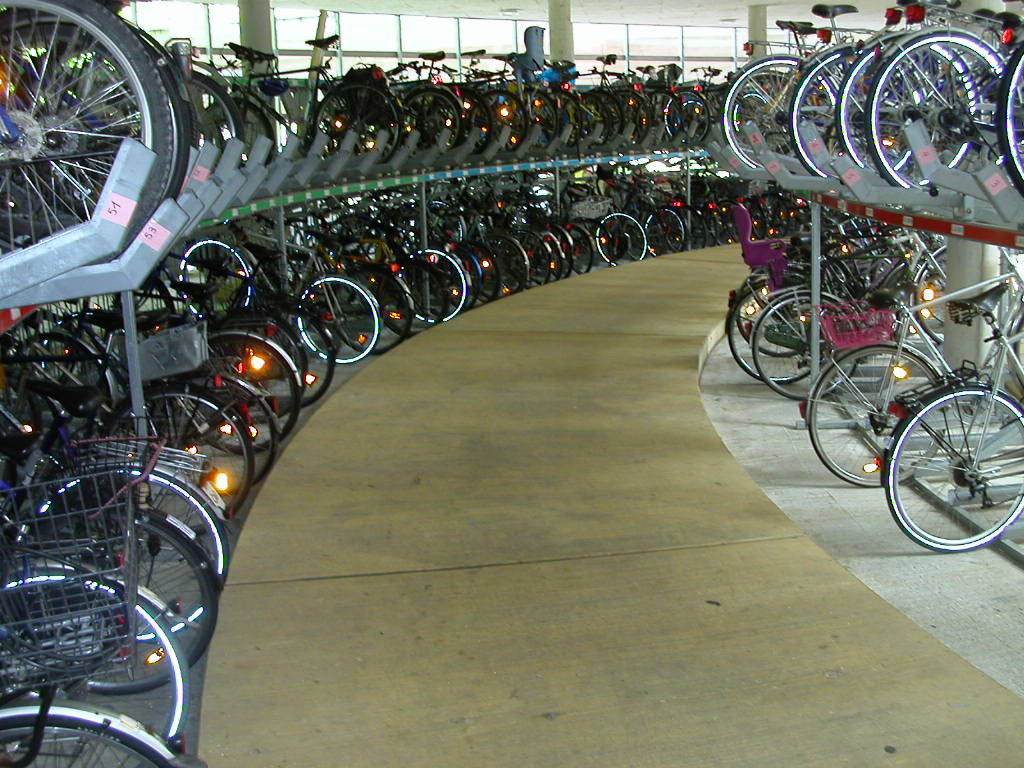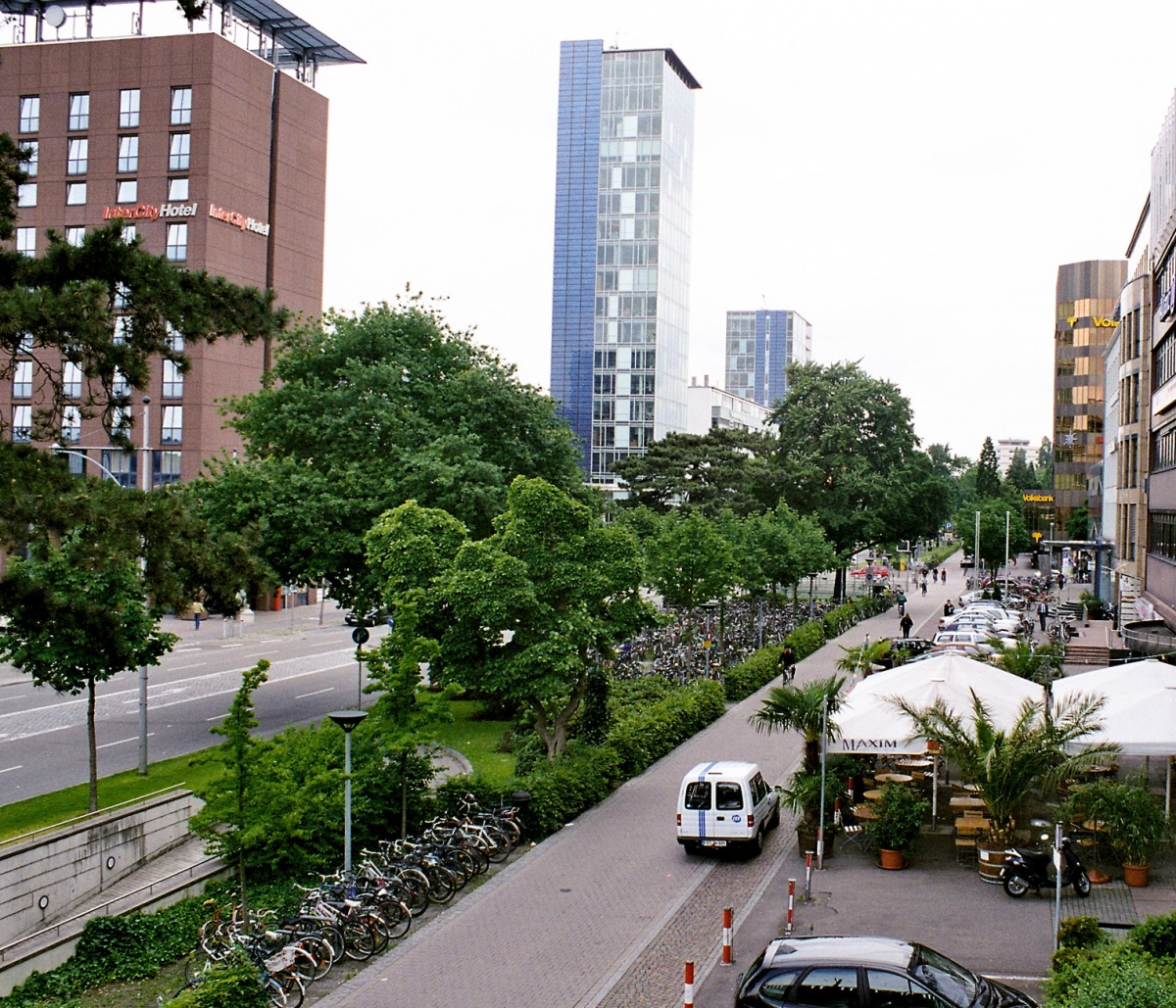Freiburg – a transport tour de force
 In November 1944, much of the medieval centre of Freiburg was flattened by bombs during an air-raid. Yet its magnificent cathedral survived - miraculously unscathed - and many of the buildings in the 'Old Town' have since been rebuilt in their original designs to delight today's residents and visitors alike.
In November 1944, much of the medieval centre of Freiburg was flattened by bombs during an air-raid. Yet its magnificent cathedral survived - miraculously unscathed - and many of the buildings in the 'Old Town' have since been rebuilt in their original designs to delight today's residents and visitors alike.
But Freiburg's historical façade sits alongside some thoroughly 21st century technology in what has come to be known as Germany's capital of sustainable living. When the city was re-built and extended, it was with new ideas and on enlightened, carbon-conscious principles. Solar panels are ubiquitous, highly energy-efficient housing is the norm and it boasts the most efficient and integrated transport system you’re likely to encounter anywhere in Europe.
And this highly innovative urban transport policy lies at the very core of Freiburg’s transformation.
For a start, the medieval town centre was progressively pedestrianised, revitalising its use. With a bustling daily market surrounding the cathedral, the Rhine-pebbled streets radiate outwards throughout the rest of the city centre, full of people, rather than cars.
The old streets were widened to take trams and the tramway became the backbone of the city, available to the 65% of residents living within walking distance of a tram stop. Public transport informs the planning system too; when a new suburban district, Rieselfeld, was under construction, a new tramline was included in the first construction phase. It was up and running when a mere 1000 residents had taken up houses in 1997; now it serves some 12000 people, running every few minutes at peak times.
The tram system, or Stadtbahn, is seamlessly complemented by the regional train routes and an integrated bus service ferrying residents from outlying rural villages. So, here we have public transport that manages to be reliable, frequent, convenient and comfortable. And affordable too – a monthly pass, covering the whole region, will set you back a modest €54.
 If almost a third of daily commuters use public transport, another third get on their bikes. Freiburg is truly a cycling tour de force. In 1970, Freiburg had almost no cycle tracks; today, it has a 400km-long network, many of the paths weaving through attractive sylvan routes. The city centre has over 9000 cycle parking sites, including a thousand in the dedicated bike-park beside the main rail station.
If almost a third of daily commuters use public transport, another third get on their bikes. Freiburg is truly a cycling tour de force. In 1970, Freiburg had almost no cycle tracks; today, it has a 400km-long network, many of the paths weaving through attractive sylvan routes. The city centre has over 9000 cycle parking sites, including a thousand in the dedicated bike-park beside the main rail station.
In this university city, commuter car journeys have fallen dramatically since 1976, from 60% to 43%, taking 4000 cars per day away from the centre, with a consequent 50% fall in road accidents.
Yet this is no city of fundamentalist 'greenies'. The shiny German car marques sit in many driveways, McDonald's and Gap are just as obvious in the shopping streets and there are even a couple of Irish pubs among the bierkellers. But with a population almost as big as Belfast's, the people of Freiburg make a much smaller footprint on the earth. We could use a few German lessons.
For a full account of a study tour from Belfast to Freiburg, facilitated by Jim Kitchen, click here.

